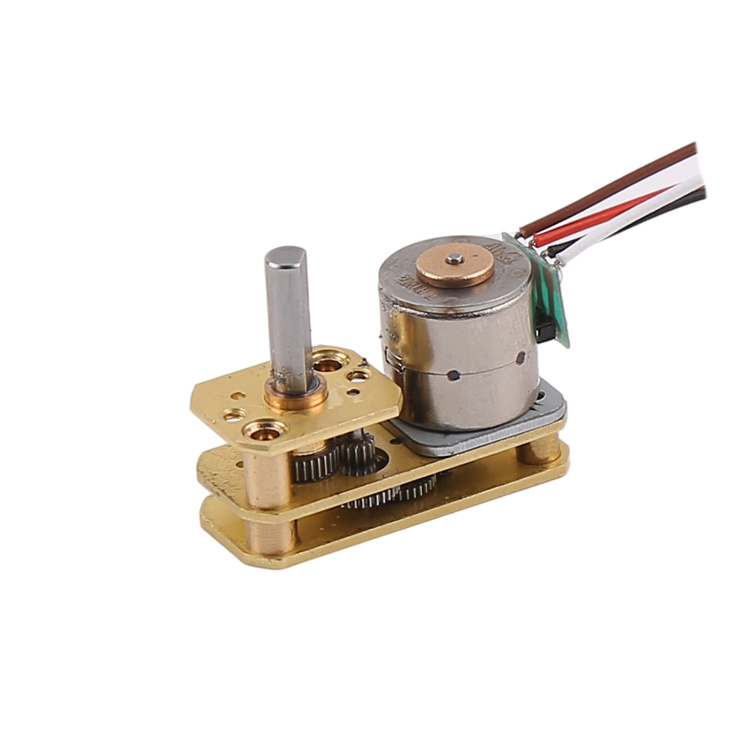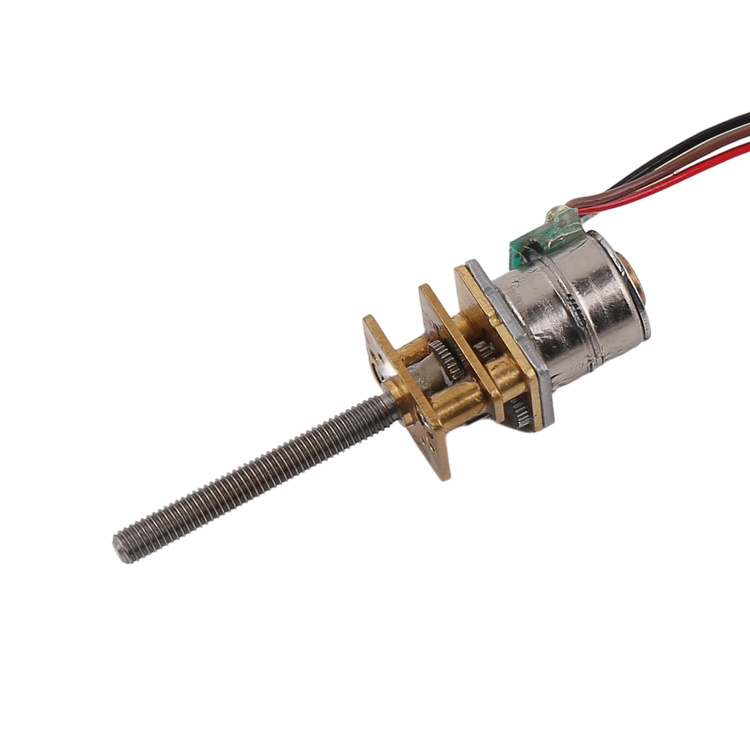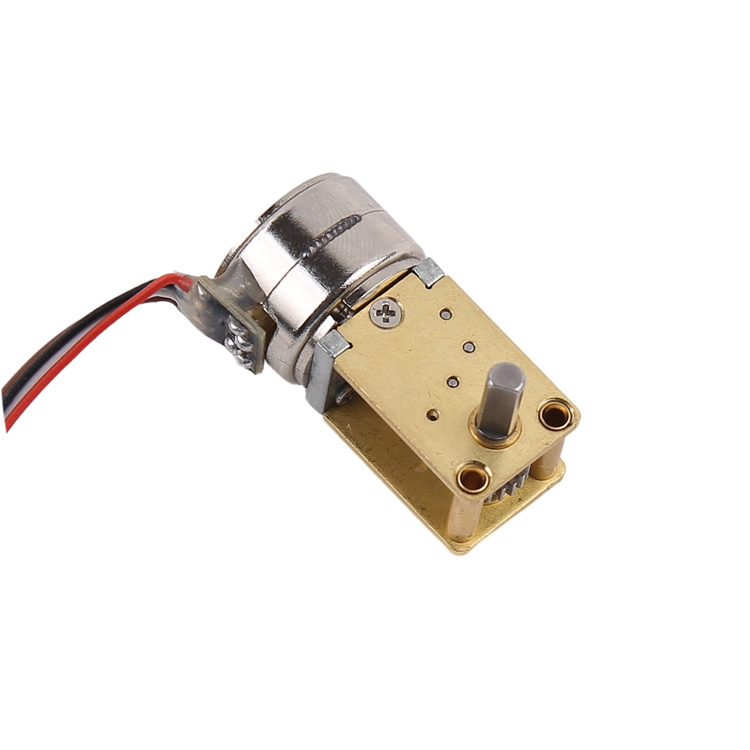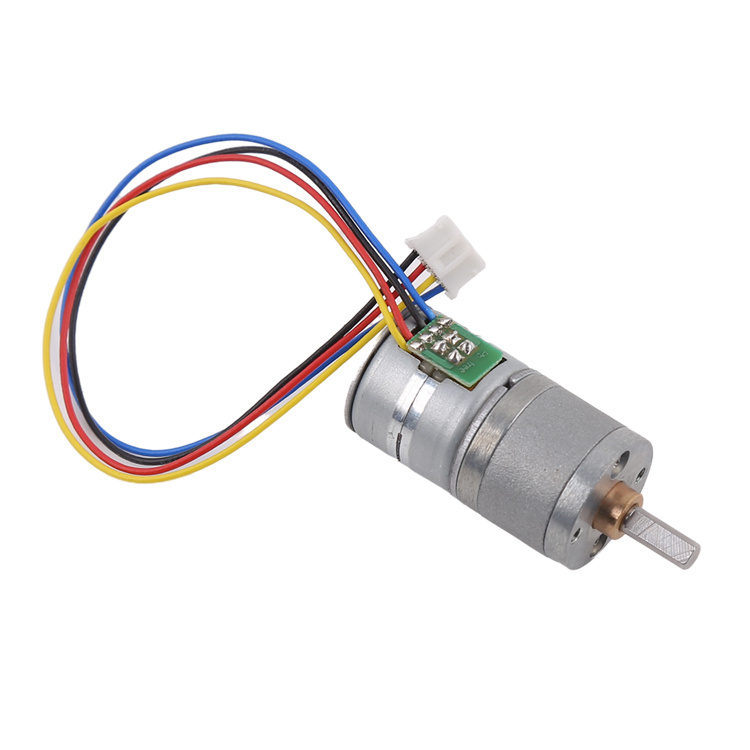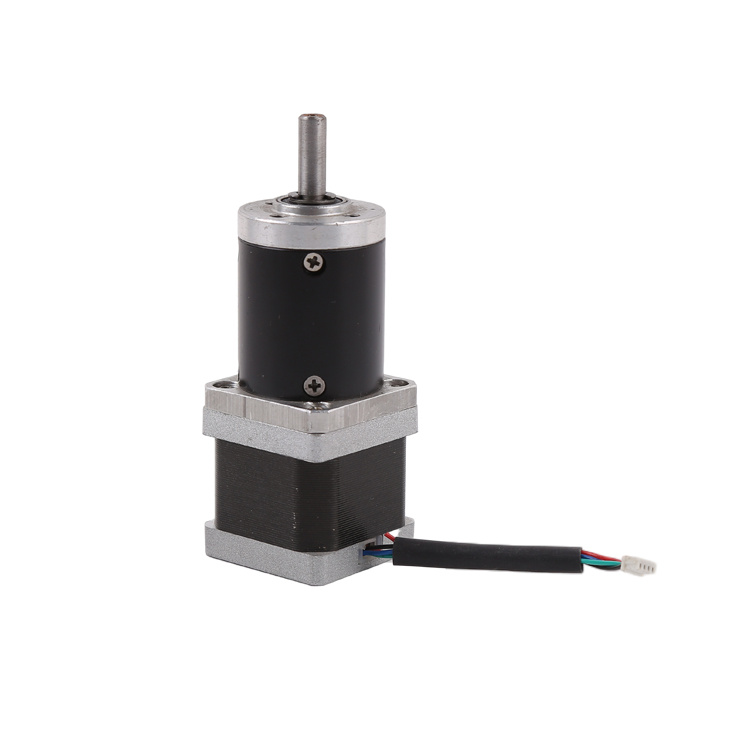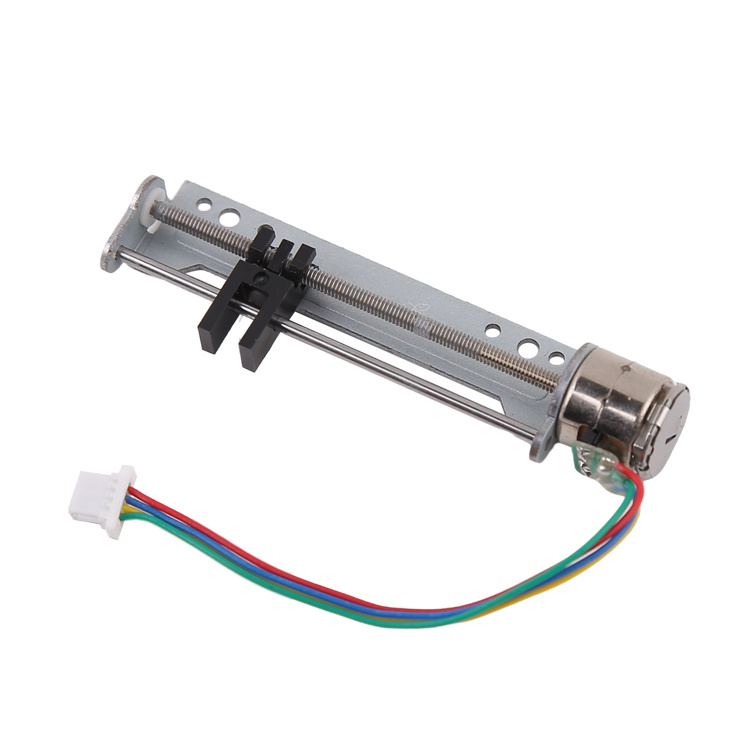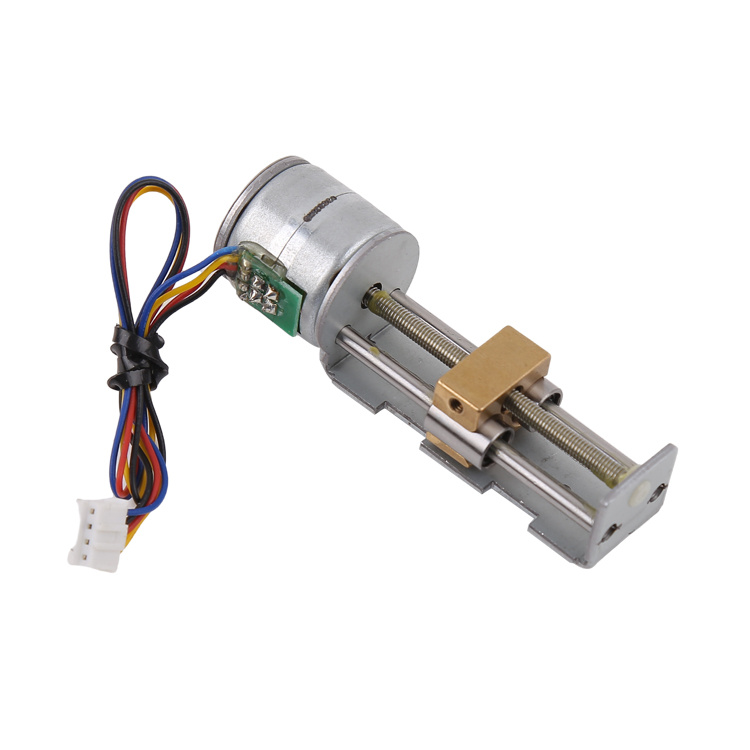01
Kahit na para sa parehong stepper motor, ang mga katangian ng moment-frequency ay malaki ang pagkakaiba kapag gumagamit ng iba't ibang mga scheme ng drive.
2
Kapag ang stepping motor ay gumagana, ang mga signal ng pulso ay idinagdag sa mga windings ng bawat phase sa isang tiyak na pagkakasunud-sunod (sa isang paraan na ang windings ay energized at de-energised sa pamamagitan ng ring distributor sa loob ng driver).
3
Ang stepping motor ay naiiba sa iba pang mga motor, ang nominal na rate ng boltahe at kasalukuyang na-rate ay mga reference na halaga lamang; at dahil ang stepping motor ay pinapagana ng mga pulso, ang power supply boltahe ay ang pinakamataas na boltahe nito, hindi ang average na boltahe, kaya ang stepping motor ay maaaring gumana nang lampas sa na-rate na saklaw nito. Ngunit ang pagpili ay hindi dapat lumihis nang napakalayo mula sa na-rate na halaga.
4
Ang stepping motor ay walang naipon na error: sa pangkalahatan ang katumpakan ng stepping motor ay tatlo hanggang limang porsyento ng aktwal na anggulo ng hakbang, at hindi ito naipon.
5
Pinakamataas na pinapahintulutang temperatura ng stepping motor na hitsura: ang mataas na temperatura ng stepping motor ay unang magde-demagnetize ng magnetic material ng motor, na hahantong sa torque drop o kahit na sa labas ng hakbang, kaya ang maximum na pinapayagang temperatura ng motor appearance ay dapat depende sa demagnetization point ng magnetic material ng iba't ibang motors; sa pangkalahatan, ang demagnetization point ng magnetic material ay higit sa 130 degrees Celsius, at ang ilan sa mga ito ay umaabot pa nga ng hanggang sa higit sa 200 degrees Celsius, samakatuwid, ganap na normal para sa stepping motor na magkaroon ng temperatura na 80-90 degrees Celsius sa hitsura. Samakatuwid, ang temperatura ng panlabas na stepping motor ay 80-90 degrees Celsius ay ganap na normal.
Ang metalikang kuwintas ng motor ay bababa sa pagtaas ng bilis ng pag-ikot: kapag ang stepping motor ay umiikot, ang inductance ng winding ng bawat phase ng motor ay bubuo ng isang reverse electromotive force; mas mataas ang frequency, mas malaki ang reverse electromotive force. Sa ilalim ng pagkilos nito, bumababa ang kasalukuyang bahagi ng motor sa pagtaas ng dalas (o bilis), na nagreresulta sa pagbaba ng metalikang kuwintas.
7
Ang stepping motor ay maaaring tumakbo nang normal sa mababang bilis, ngunit kung mas mataas kaysa sa isang tiyak na dalas ay hindi maaaring magsimula, at sinamahan ng pagsipol ng tunog. Ang stepping motor ay may teknikal na parameter: no-load start frequency, iyon ay, ang stepping motor sa walang-load na sitwasyon ay maaaring magsimula ng pulse frequency, kung ang pulse frequency ay mas mataas kaysa sa halaga, ang motor ay hindi maaaring magsimula nang normal, maaaring mangyari ang step loss o blocking. Sa kaso ng isang load, ang panimulang dalas ay dapat na mas mababa. Kung ang motor ay maabot ang mataas na bilis, ang dalas ng pulso ay dapat na pinabilis, ibig sabihin, ang dalas ng pagsisimula ay dapat na mababa, at pagkatapos ay pinabilis sa nais na mataas na dalas (ang bilis ng motor mula mababa hanggang mataas).
8
Ang supply boltahe para sa mga hybrid na stepper motor driver ay karaniwang isang malawak na hanay, at ang supply ng boltahe ay karaniwang pinipili ayon sa bilis ng pagpapatakbo ng motor at mga kinakailangan sa pagtugon. Kung ang bilis ng pagtatrabaho ng motor ay mataas o ang kinakailangan sa pagtugon ay mabilis, kung gayon ang halaga ng boltahe ay mataas din, ngunit mag-ingat na ang ripple ng boltahe ng supply ay hindi dapat lumampas sa maximum na boltahe ng input ng driver, kung hindi man ay maaaring masira ang driver.
9
Ang kasalukuyang power supply ay karaniwang tinutukoy ayon sa output phase current I ng driver. Kung gagamitin ang linear power supply, ang power supply current ay maaaring kunin bilang 1.1 hanggang 1.3 beses ng I. Kung ang switching power supply ay ginamit, ang power supply current ay maaaring kunin bilang 1.5 hanggang 2.0 times ng I.
10
Kapag ang offline na signal na LIBRE ay mababa, ang kasalukuyang output mula sa driver patungo sa motor ay mapuputol at ang motor rotor ay nasa isang libreng estado (offline na estado). Sa ilang kagamitan sa pag-automate, kung kailangan ang direktang pag-ikot ng motor shaft (manual mode) nang hindi pinapagana ang drive, maaaring itakdang mababa ang LIBRENG signal para i-offline ang motor para sa manual na operasyon o pagsasaayos. Matapos makumpleto ang manu-manong operasyon, ang LIBRENG signal ay itataas muli upang ipagpatuloy ang awtomatikong kontrol.
11
Ang isang simpleng paraan upang ayusin ang direksyon ng pag-ikot ng isang two-phase stepper motor pagkatapos itong ma-energize ay ang pagpapalit ng A+ at A- (o B+ at B-) ng motor at mga wiring ng driver.
Oras ng post: Mayo-20-2024

